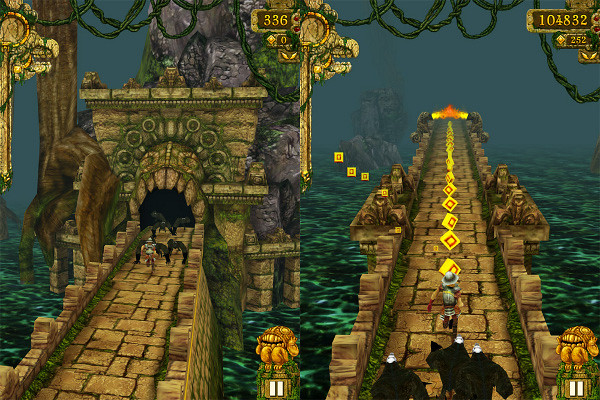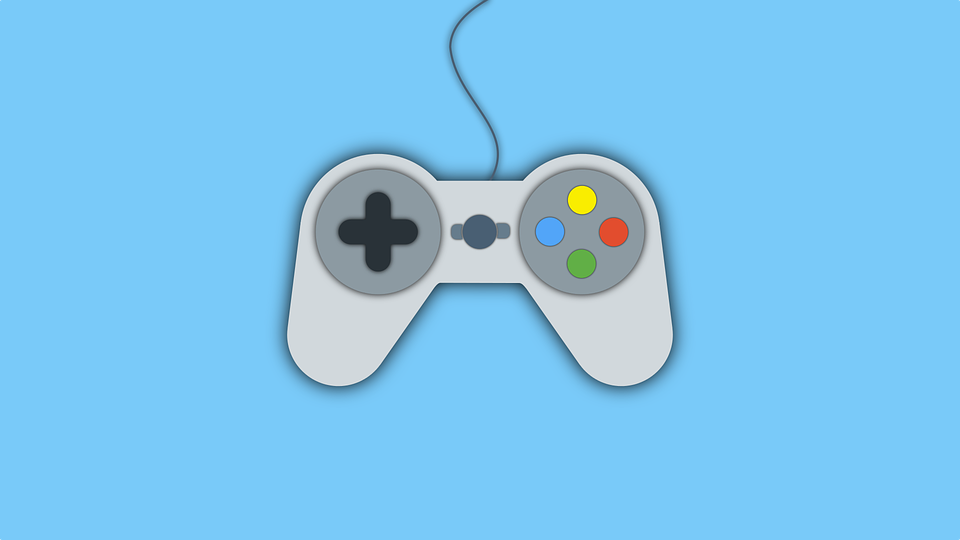Welcome back to my blog,
I've had a few game ideas from a brainstorming session today and I'd like to share them.
The first game is based on an idea I had about spreading awareness of sexual health. The main character would be a penis or vagina (depending on user preference) who's main goal is to collect sperm cells which then count towards points (1 sperm to 1 point). The character would take damage from STI's, which will come in the form of small enemy characters (different character designs depending on the STI). The STI's could have different effects depending on which STI they are intended to represent. The character could also boost the amount of points they get and become partially immune to the STI's damaging hits if they collect contraceptives (not just condoms, to inform the user of other options). The idea comes from the likes of Temple Run or Super Mario Brothers. The character could jump over gaps in the floor or interact with the surrounding world. The world in which the game is based would be a clinic or hospital to go with the sexual health message of the game. There will also be messages at the end of each round with a sexual health fact for the user to read.
The second game idea that I came up with was a chasing game based off a Cops and Robbers game I played as a child. The game would be a police pursuit of a getaway vehicle (the character is the car of the cop or robber). The user can choose between being the cop or robber character. The game would aim to get to the safe house before the police catch you or to catch up to the thieves before they make it to safety. Gasoline would be used as a booster to speed up the car of whichever character is chosen. Points would be allocated for the number of pedestrians the driver avoids, and damage taken for the amount hit by the speeding car. The game would also be timed rounds of around 60 seconds, to put pressure on the player to do better or to come back and beat their previous time. There may also be an option to take a secret route that moves you further towards the safe house (5-second delay from the other car). The setting of this world is the streets of Dublin City Centre, with famous landmarks hidden in the back as the car zooms past.

Screenshot from Super Mario Bros. - source
My third idea has a message about being environmentally friendly. The idea is to create a game for younger children, educating them about the importance of recycling and not harming the planet. The character will be a simple human in cartoon style in gender-neutral colours (to avoid designing multiple characters). The character is then damaged by pollutants, such as smog or toxic waste, and the more of these that the character comes across, the more the clean and lively world behind them dulls. The character can get boosters and/or gain back lives from collecting recycling signs which will be randomly generated in the map of the game. The world in which our character lives will be, in the beginning, green and full of life such as trees, flowers etc.. But as the game progresses, and the character takes on more damage, the worse of a state the world becomes, also increasing the risk of them coming across more damage causing pollutants.
The fourth and final game idea I came up with was to have a dog as the main character. The aim of the game would to navigate your way through a warehouse, owned by an evil cat (enemy), without being caught. The reason for this being that the evil cat has kidnapped the dog's owner and is keeping them hostage at the top of the warehouse. Each floor would be a new level, increasing in difficulty as the game progresses, with more and more enemies to fight off, or hide from. Boosts such as invisibility can be used to sneak past the cat's evil henchmen and points can be collected in the form of dog treats. Damage is taken from the henchmen, if caught, the game will resume from the level you just began on, but if you are killed then the game begins from level 1 again. Once you reach the roof of the warehouse, the dog's owner can be seen, but standing between you is a giant cat, reading for the final boss fight of the game. The game will publish a leader board in order to encourage users to come back and hopefully incite some healthy competition between them.
My game ideas may be a bit over-optimistic for my capabilities but I am excited to learn if I can create the exact game that I picture in my head when looking at these ideas.
Here's a link to a thread that shows the collecting part of the games I mentioned.







